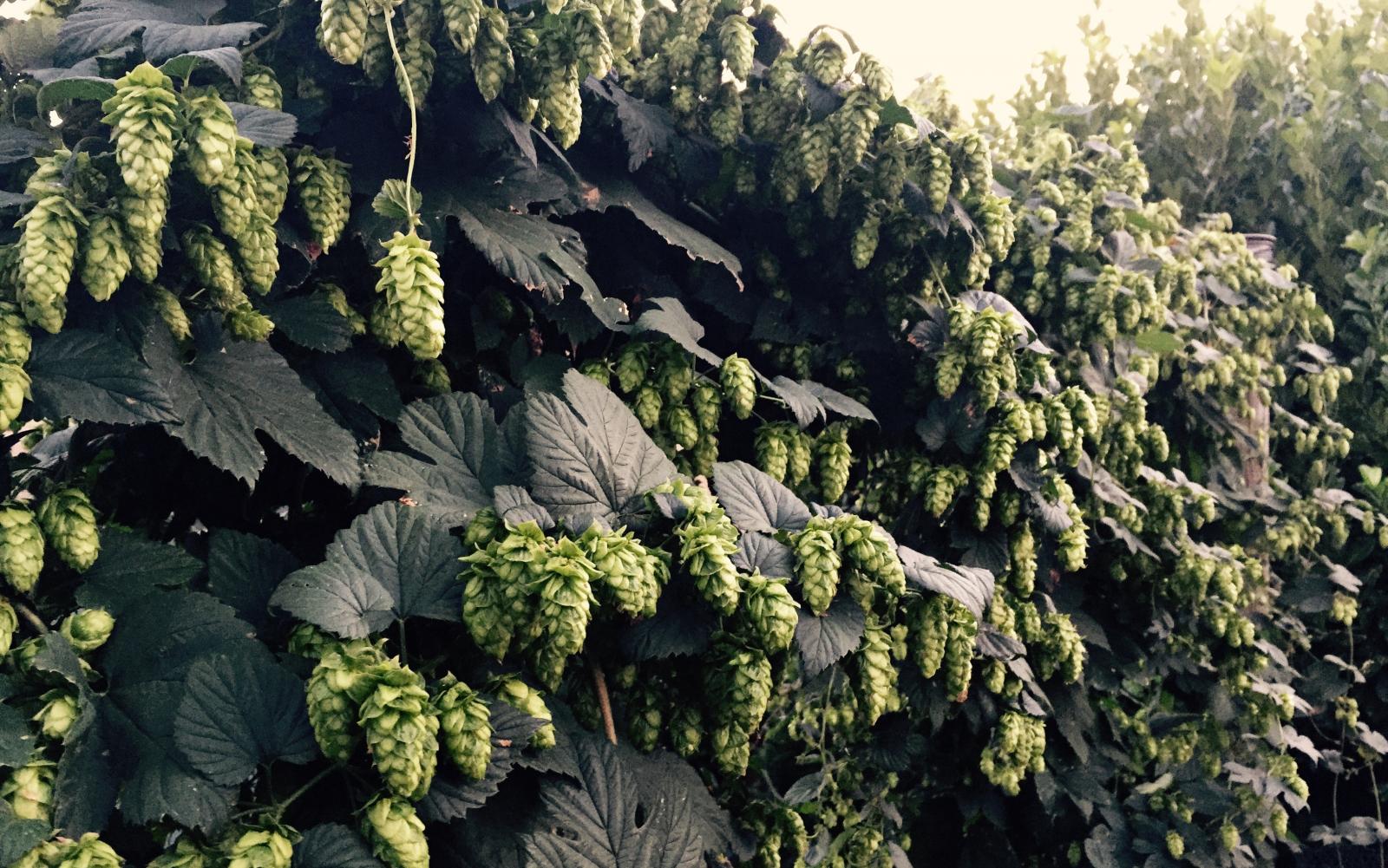Looking good! I'm in the midst of harvesting a bunch of wild hops here in KC, all have seeds. I'm trying to keep the harvest from each wild plant separate so that I can evaluate the aroma, and know which parent the seed came from, but it's real tricky when they're growing together on a bush or hedgerow. There are signs of mildew, but most plants appear tolerant or totally resistant. Maturity is pretty late, though that could be due to uneven sun exposure. I'm pretty certain that a number of these specimens are H. Lupulus Var. Pubescense from the velvety undersides of the leaves.
I also took some pollen from a wild male (not sure if Pube or Lupuloides subspecies) and pollinated my Teamaker flowers, hoping to get some seeds. Teamaker has great aroma character, noble-ish, disease resistant and dwarf, so I think it could be an interesting cross.
I'm starting a website about collecting, breeding, and eventually commercializing the midwestern Pubescense subspecies. My website sucks right now, but if you want to check it out it's PubeHops dot com . I want to add a foraging guide and subspecies ID guide.










![Craft A Brew - Safale BE-256 Yeast - Fermentis - Belgian Ale Dry Yeast - For Belgian & Strong Ales - Ingredients for Home Brewing - Beer Making Supplies - [3 Pack]](https://m.media-amazon.com/images/I/51bcKEwQmWL._SL500_.jpg)

















































